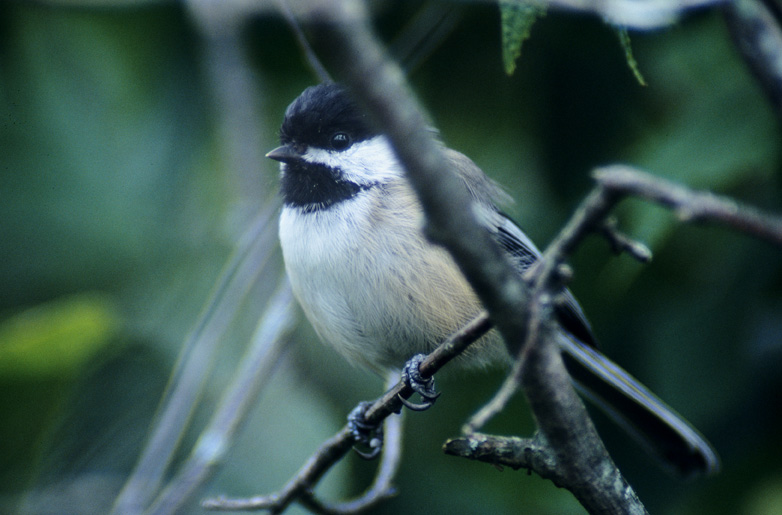I saw my first robin last week. And I’ve been hearing cranes. I love spring, and what it brings back to us, or we hope it brings back to us. Many landowners report bird watching as a favorite activity in their woods. Do you know what birds are using your woods and trees? Are there some birds you hope to catch sight of? In a previous blog post, we talked about what you can do to attract wildlife to your property. The first step in that process though, is knowing what is there now. In this post, we’ll share a few ways to monitor birds on your property.
The first place to start is by knowing what birds we can expect to have in Wisconsin, and more specifically what you can expect to find on your property. The Wisconsin Department of Natural Resources maintains a Checklist of Wisconsin Birds. The checklist includes when and in which habitats you are likely to find each bird species. The simplest form of monitoring for birds is to keep this list for your personal observations, by marking which ones you have sighted on your property (and when). In addition to the checklist, you’ll want a bird book to help identify birds.
One of my favorite sounds in spring is that of grouse drumming. This is a rather distinct sound, which makes it fairly easy to monitor. The males drum in order to claim an area of land, and to attract mates. Grouse drumming counts are done in the spring (April- May). There are two parts to grouse surveys: populations and habitat. You can do grouse drumming counts by walking your property boundaries, and stopping every ½ mile to listen for drumming. Wait for 5 minutes, and count the number of drums you hear in that time. Keeping an eye on the logs that grouse are using for drumming is another way to gauge their population. To do this, you need a map of your property and some bright colored flagging. Educate yourself as to what grouse scat and tracks look like, and logs that are worn from the drumming. Once you find an area, mark it on your map, and flag a nearby tree to remind yourself.
Another fun bird survey is the night call survey. This technique is used to monitor owls, rails, woodcock and other night active birds. The publication listed at the end of this article has a data sheet for what you can expect in a night bird count. To do this, find a place to monitor birds in your woods for about 30 minutes at dusk. You will need a night bird call-back tape, which usually plays a bird call for 30 seconds and then pauses for 30 seconds. Another option would be to download a bird call app on a phone or other mobile device (though you would want to bring a portable speaker as well). On the data sheet, you can mark down what birds responded by calling back to you after you play the call.
The Cornell Lab of Ornithology has a birding app that can help you identify birds, and includes bird calls, and information on migration and habitat. More details on these techniques, and other tips for monitoring all types of wildlife and data sheets, can be found in the How to Inventory and Monitor Wildlife on Your Property publication.
